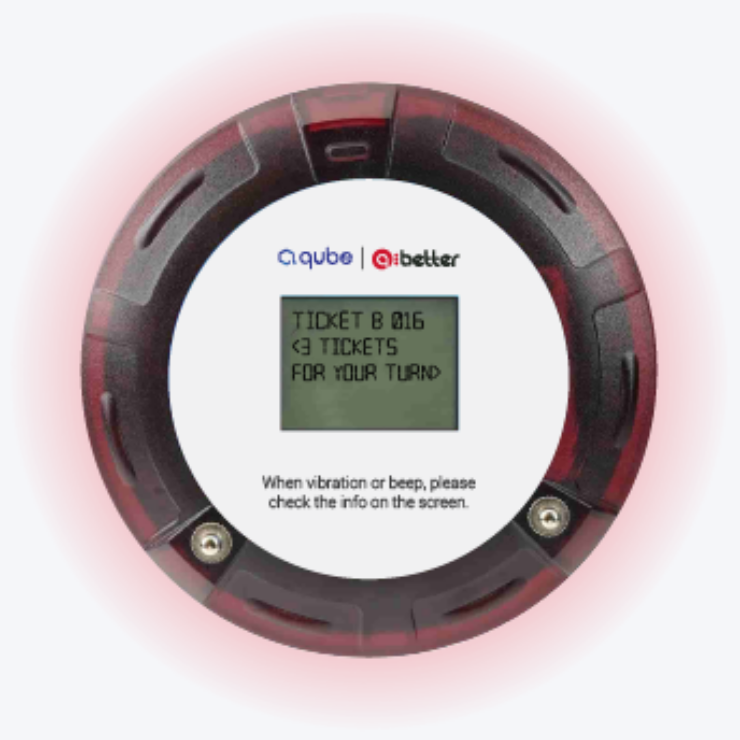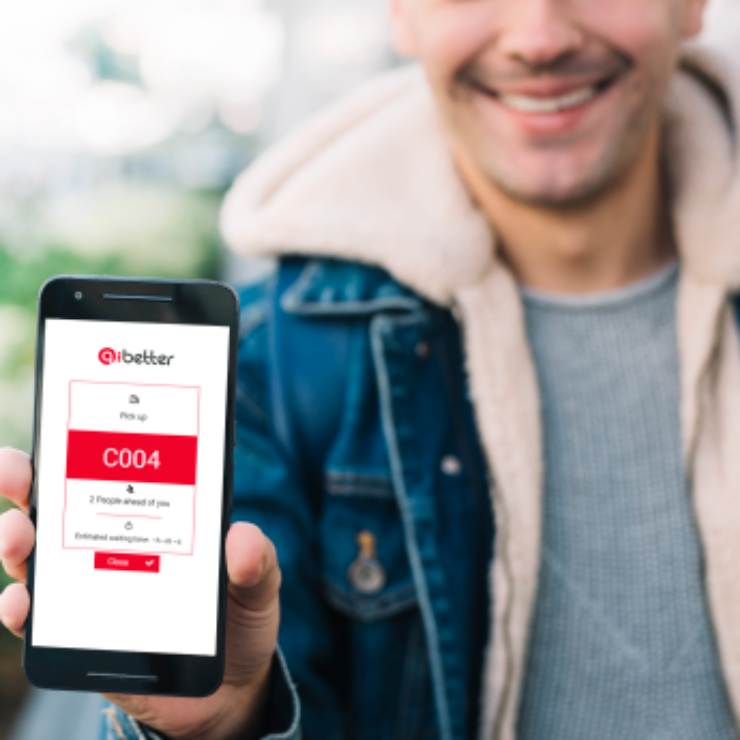
Healthcare services that make you smile!
Specialized flow management in healthcare services makes patients more pleased and relaxed.
Queues in healthcare services represent unique challenges to any person, system or method attempting to manage them properly.
A simple service like co‐payment cashiers can rely on the simplest form of a “take a number” device to arrange customers in a first‐in first‐out line. But patient flow in the doctor’s waiting room behaves less like an orderly queue and more like a cloud from which patients need to be called according to complex logic.
This cloud is made up of different types of cases, which may include:
- random visitors are admitted based on first‐come‐first‐served.
- patients with appointments who take priority over random visitors, assuming they arrived on time.
- patients who are too late for their appointment (and whose priority might somehow still precede random walk‐ins).
- patients who walk in and got prioritized based on level of urgency (possibly by a triage nurse).
- patients who previously visited the doctor, got sent to a series of lab tests, and now come back with results; and so on.
Specific clinics often have other types of cases with unique behaviour.
For instance, patients visiting an ophthalmologist might be asked to wait 20 minutes for dilation to take effect, and then be called to the doctors according to their original order of arrival. The challenge in all these cases is double.
The first is creating a system that handles all these cases and can decide at any given moment who ‐ of all waiting patients ‐ should be called next, weighing in all the different priorities and factors.
Secondly, making the complex logic transparent to patients so that each patient feels he or she is treated fairly and provided good care. To tackle this challenge a simple numbering system is not enough, and any attempt to force such a system into complex scenarios would usually result in angry patients, frustrated doctors, and total disorder.
Instead, specialized patient flow management needs to be implemented.
A suitable system can automatically handle all common cases by applying business rules, which on the one hand assign a priority to each case, and on the other hand, set clear limits for maximum waiting that prevent lower priority cases from being overtaken again and again and never get called. Such a system would also allow very particular algorithms to be rapidly programmed to support the requirements of any site.
Specialized systems provide appropriate presentation tools, which can be used to provide patients with a clear indication of their priority and when they are going to be called.
The basic tool would be LCD screen displays (these replace the old LED signs which can only present the ‘next in line’ number). LCD displays provide enough room to show several different queues (such as appointments; walk-ins; returning patients and so on) and to show more than one patient per queue.
All patients can see where they are on the display and be relaxed knowing that there’s a consistent method at work.
For patients who are about to experience a long wait, more advanced options can be offered ‐ for instance, to go wait at a nearby cafeteria and be notified using SMS when they need to get back to the waiting room.
The bottom line is that patient flow is one complex challenge where good, automated technology can actually make people (patients and doctors alike) happier and more relaxed than any human intervention ‐ as well intended as it may be ‐ ever could.




